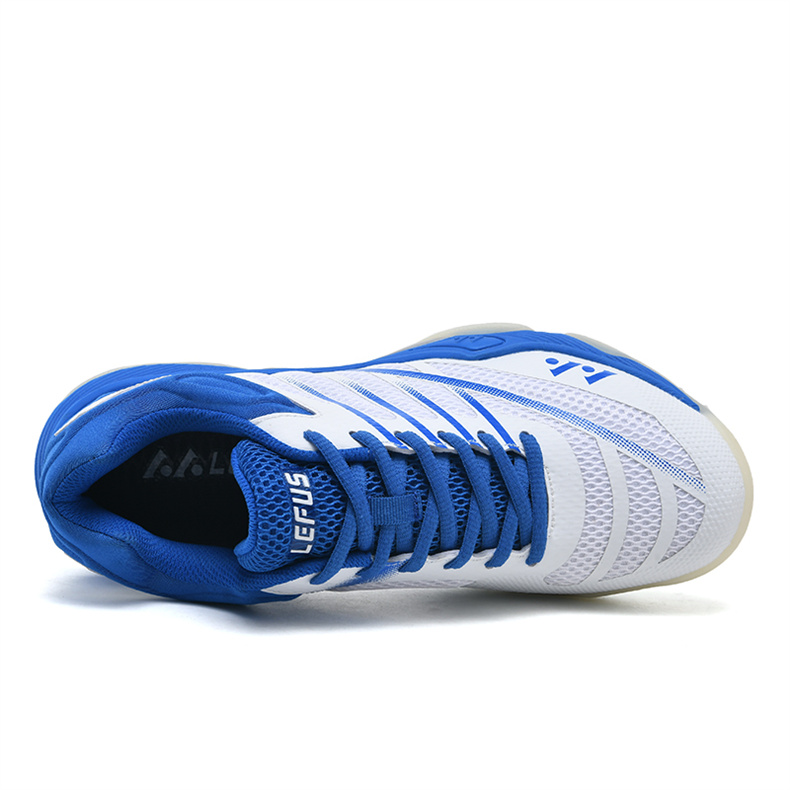
Pickleball is a highly engaging and fast-paced sport that requires quick movements, agility, and stability. To perform at your best on the court, having the right equipment, including proper pickleball shoes, is crucial. However, like any other athletic footwear, pickleball shoes also have a limited lifespan. In this article, we will explore the factors that affect the durability of pickleball shoes and discuss the signs that indicate it’s time to replace them.
Factors Affecting the Lifespan of Pickleball Shoes
Several factors influence how long your pickleball shoes will last. Consider the following factors:
- Frequency of Use: The more frequently you play pickleball, the quicker your shoes will wear out. Regular players who engage in intense training sessions or play multiple times per week will likely need to replace their shoes more often than occasional players.
- Playing Surface: The type of pickleball court you play on can affect the lifespan of your shoes. Indoor courts with smoother surfaces, such as wood or laminate, are generally less abrasive and cause less wear and tear on your shoes. Outdoor courts, particularly those made of concrete or asphalt, can be more abrasive and cause shoes to deteriorate more quickly.
- Playing Style: Your playing style can impact the durability of your shoes. Players who frequently engage in quick movements, lateral slides, and abrupt stops may put more strain on their shoes, potentially leading to quicker wear and tear.
- Shoe Quality: The quality of the pickleball shoes you purchase also plays a role in their longevity. High-quality shoes made with durable materials and superior craftsmanship tend to last longer than lower-quality alternatives.
Signs that Your Pickleball Shoes Need to be Replaced
Even if you take good care of your pickleball shoes, there will come a time when they start to show signs of wear and tear, indicating the need for replacement. Here are some signs to watch out for:
- Sole Wear: The outsole of your pickleball shoes will gradually wear down over time due to friction with the court surface. Examine the tread pattern on the sole. If the pattern has worn down significantly or is nearly non-existent, it’s a clear sign that your shoes have reached the end of their lifespan. A lack of tread pattern compromises grip and traction, increasing the risk of slipping on the court.
- Smooth Outsole: Over time, the rubber outsole of your shoes may become smoother and lose its texture. This smoothness can hinder your ability to maintain traction on the court, compromising your stability and increasing the risk of falls or injuries. If you notice that the outsole has become excessively smooth, it’s time to replace your shoes.
- Upper Deterioration: Pay attention to the condition of the upper portion of your shoes. If you notice visible signs of wear, such as tears, holes, or significant stretching, it’s a clear indication that your shoes are no longer providing the necessary support and stability. Damaged uppers can compromise foot alignment and increase the risk of injuries.
- Decreased Cushioning: The cushioning in the midsole of your pickleball shoes plays a crucial role in absorbing shock and providing comfort during play. Over time, the cushioning material may lose its resilience and become compressed. If you feel less cushioning or increased discomfort while wearing your shoes, it’s a sign that the midsole has worn out and needs to be replaced.
- Uncomfortable Fit: As shoes age, they may lose their shape and structure, resulting in an uncomfortable fit. If you find that your shoes no longer provide the necessary support, your feet slide around inside them or they cause discomfort or blisters, it’s a clear sign that they need to be replaced.
-
Persistent Odor: Despite regular cleaning, pickleball shoes can develop a persistent and unpleasant odor over time. This odor is often a result of bacteria and fungi that thrive in moist environments. If your shoes continue to smell even after thorough cleaning, it may be an indication that they are deteriorating and need to be replaced.
- Recurring Injuries: If you find yourself experiencing recurring foot, ankle, or knee pain while playing pickleball, it could be a sign that your shoes are no longer providing the necessary support and cushioning. Worn-out shoes can increase the strain on your joints and muscles, leading to discomfort and injuries.
Tips to Extend the Lifespan of Your Pickleball Shoes
While pickleball shoes do have a limited lifespan, there are steps you can take to extend their durability:
- Rotate Your Shoes: If you play pickleball frequently, consider having multiple pairs of shoes and rotating them. This allows each pair to have time to recover and decompress between sessions, reducing the overall wear and tear on each pair.